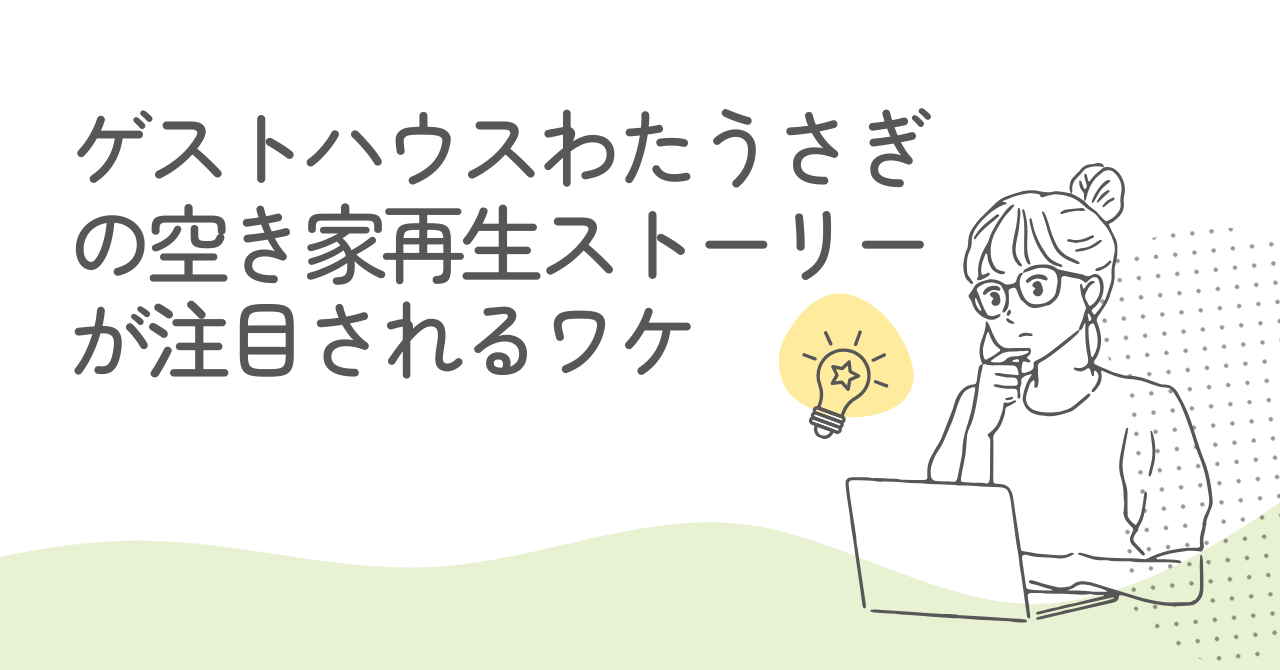When I saw the news, my first thought was, “Oh no, they found it!” Zao, the only place in Japan selected this time, is a land where silence itself is beautiful. I just hope it won’t be overrun by too many tourists.
It’s not a flashy resort, nor a place made for picture-perfect tourism. It’s simply quiet — alive in its own way. That’s what makes Zao, Zao.
It makes me happy — and a little proud — to see that more people around the world are beginning to notice this quiet beauty. I think I’ll write an article about it.
♨️ Walking along a path scented with sulfur
As you enter the hot spring town of Zao, a soft whiff of sulfur drifts through the air. I can’t help but love that smell.
It’s a scent that stings the nose just a little, yet feels strangely nostalgic. As you pass an old wooden bathhouse, the steam from the springs drifts on the wind and brushes gently against your cheek.
Soto-yu bathhouses — Kamiyu, Shimoyu, Kawarayu. In each one, mineral flakes drift softly on the surface, and the moment you dip your hand in, you just know — “Ah, this is the real thing.”
It’s not a hot spring made for tourists. It’s a hot spring where people have lived their lives. That’s why the whole town feels as if it’s *alive within the steam.*
❄️ The frost-covered trees stood silently in the stillness
My first time seeing Zao’s frost-covered trees — snow crystals catching the light, shimmering in pure white silence.
And yet, just that alone made my heart feel clearer and clearer.
Those so-called “snow monsters” aren’t scary at all. If anything, they’re gentle — standing quietly, simply accepting the flow of the seasons.
The illuminated frost-covered trees at night leave me speechless. The light blurs softly… and I feel a little like crying.
🎿 A ski slope that makes you want to stop rather than glide
Zao’s ski slopes are vast and quiet. With 26 courses, every run offers a breathtaking view. But honestly, Gotchin spends more time standing still, just taking it all in, than actually skiing.
When you glide between the frost-covered trees, you can see the town of Yamagata far below. The snow absorbs every sound, and for a moment, the whole world falls completely silent.
And when the run is over, straight to the hot springs. As you sink your feet into the steaming water, the cold in your body simply melts away.
That order is just perfect. From *cold* to *warm* — it feels like a little reflection of life itself.
🌸 It’s almost unfair how completely the seasons transform this place.
In spring, Zao still holds patches of snow, yet butterbur sprouts are already peeking out along the roadside.
In summer, the color of the Okama crater lake changes day by day — from emerald green to sudden turquoise blue. Even the mountain weather, with its moody whims, feels charming.
Autumn means fiery colors. The entire mountain blazes with red and gold. Watching the foliage from a footbath in the hot spring town — that’s pure bliss.
And winter, of course, is the season of frost-covered trees and rising steam — a place where you truly learn what warmth means in the midst of cold.
Truly, it changes its expression throughout the year. And in every season, you can feel the quiet rhythm of people’s lives breathing within it.
🕊️ Zao is, at its heart, a mountain of prayer.
Many have probably heard of the deity *Zao Gongen*, but this mountain has long been a sacred place of worship.
Like the Dewa Sanzan, it’s part of the ancient *path of prayer* once walked by the ascetic practitioners of Shugendō.
Maybe that’s why — within Zao’s silence, you can feel a quiet strength. Even as a tourist spot, it holds something sacred. In the drifting steam, there’s a trace of prayer.
🚞 Every journey begins in Zao.
As I walk through Zao, I can’t help but think, “Yamagata runs deep.”
Let the snow and hot springs unwind your heart, then head on to the Dewa Sanzan — and it becomes a journey of prayer. Go a little farther to Tsuruoka, and you’ll find warmth in its people and its food.
In a single prefecture, the journey unfolds in layers. *Nature → Prayer → Daily life* — in that order, your heart slowly fills to the brim.
I think Zao is like the gateway — the place where it all begins.
💫 What the world has fallen in love with is, surely, “quiet happiness.”
The reason Zao was chosen by the world isn’t just because of its outward beauty.
It’s the sound of snow, the scent of steam, and the kindness of the people.
All of it — quietly, yet unmistakably — is alive.
When the world grows a little tired, perhaps it begins to long for places like this.
“Happiness within silence” — Zao holds that, gently and truly.
📍 Quick note: How to get there
-
About 40 minutes by bus from Yamagata Station (Yamakō Bus bound for Zao Onsen).
-
About three and a half hours from Tokyo by Shinkansen.
-
In winter, there’s also a direct bus from Sendai Airport.
I think Zao isn’t really a *place to go* — it’s a *place to feel.* A journey to savor silence.
🚞 And while you’re at it — from Zao, head on to the Dewa Sanzan Shrine (Hagurosan Shrine).
After being embraced by Zao’s snow and hot springs, try heading west by express bus.
Your next destination is Tsuruoka. Cross the mountains, and you’ll find another face of Yamagata waiting there.
The road winds through rice fields, rivers, and mountains. There are hardly any convenience stores — you might even start wondering, “Is there really something ahead?” But that’s the beauty of it. Somewhere along the way, your heart begins to grow quiet.
🏡 Take a rest in Tsuruoka — at **Guesthouse Watausagi**
When you arrive in Tsuruoka, I hope you’ll drop your bags at Watausagi first.
In Zao, the *snow and hot springs* gently unwind your heart — in Tsuruoka, the *people and their way of life* wrap it warmly in their embrace.
Guesthouse *Watausagi* is the perfect place for that — a cozy stop midway through your journey.
It’s the only dormitory-style guesthouse in Tsuruoka, popular among backpackers and bikepackers alike. Many of the guests are international travelers, and the lively exchange between them is one of the highlights of staying here.
Nights are peaceful, and in the morning, you wake to the sound of birdsong.
It’s not about *sightseeing* — it’s about *living* for a little while. A place to let the afterglow of Zao settle, and to quietly prepare for the next mountain ahead.
🕊️ And then, onward to the Dewa Sanzan — Mount Haguro.
The next morning, about a 30-minute drive from Tsuruoka, the road to Mount Haguro — one of the sacred Dewa Sanzan — begins.
Here, instead of frost-covered trees, towering cedars line the path. With each step, the air grows cooler, and the sounds of birds fade into the distance.
As you climb the 2,446 stone steps, you start to notice yourself slipping into a quiet state of *nothingness.*
In Zao, you feel the *power of nature.* In Tsuruoka, you touch the *warmth of people.* And on Mount Haguro, you discover the *quiet of your own heart.*
That flow itself might just be the true essence of a journey through Yamagata.
🌸 Summary
The snow softens your heart, the people warm it, and the mountains bring it to rest.
I think every Japanese person must have been surprised to hear that Zao in Yamagata was chosen as the *only* destination in Japan on the list of “must-visit places in the world.” Even living here in Yamagata, I was surprised myself.
But the one with true foresight was Hoshino Resorts. Just four days before the announcement, news had already broken that Hoshino Resorts would be expanding into Zao — a story still fresh in many people’s minds.
A beautiful new facility is scheduled to open in the autumn of 2026 — something truly exciting to look forward to. Here’s the official website of Hoshino Resorts.
My only concern is that rapid tourism development might disrupt the area’s delicate balance. Yamagata is a place where nature and daily life coexist — and I hope we can continue to welcome many guests who come to appreciate that harmony.
That said, I’m also genuinely happy that these two pieces of news might bring a bit more liveliness to Yamagata. I’d love to meet and connect with even more travelers from around the world!
And I truly hope everyone gets to experience *all* of Yamagata — with every sense, every season, and every smile it has to offer 🥰
📍 **Recommended Route**
1️⃣ Yamagata Station → Zao Onsen (Hot Springs & Frost-Covered Trees)
2️⃣ Zao Onsen → Tsuruoka — stay at *Guesthouse Watausagi*
3️⃣ Next morning, Tsuruoka → Visit Dewa Sanzan / Mount Haguro Shrine
🚗 **Estimated Travel Time**
・Zao Onsen → Yamagata Station → Tsuruoka Station: about 2.5 hours by express bus (via Route 112)
・Watausagi → Mount Haguro: about 30 minutes by bus
That's all for today's article.
Guesthouse Watasagi is a guesthouse located right in between the ocean, the mountains, and the city center.
We hope you will enjoy Tsuruoka and Shonai to the fullest with Guesthouse Watasagi as your base 😊.
We also promote the attractions of our local areas of Yamagata, Tsuruoka, and Shonai. The latest updates are posted on Instagram. Please follow us and stay tuned💕
Related Articles
[Mt. Haguro ★ Michelin ★ Awarded] The world-renowned "Mountain of Prayer"






